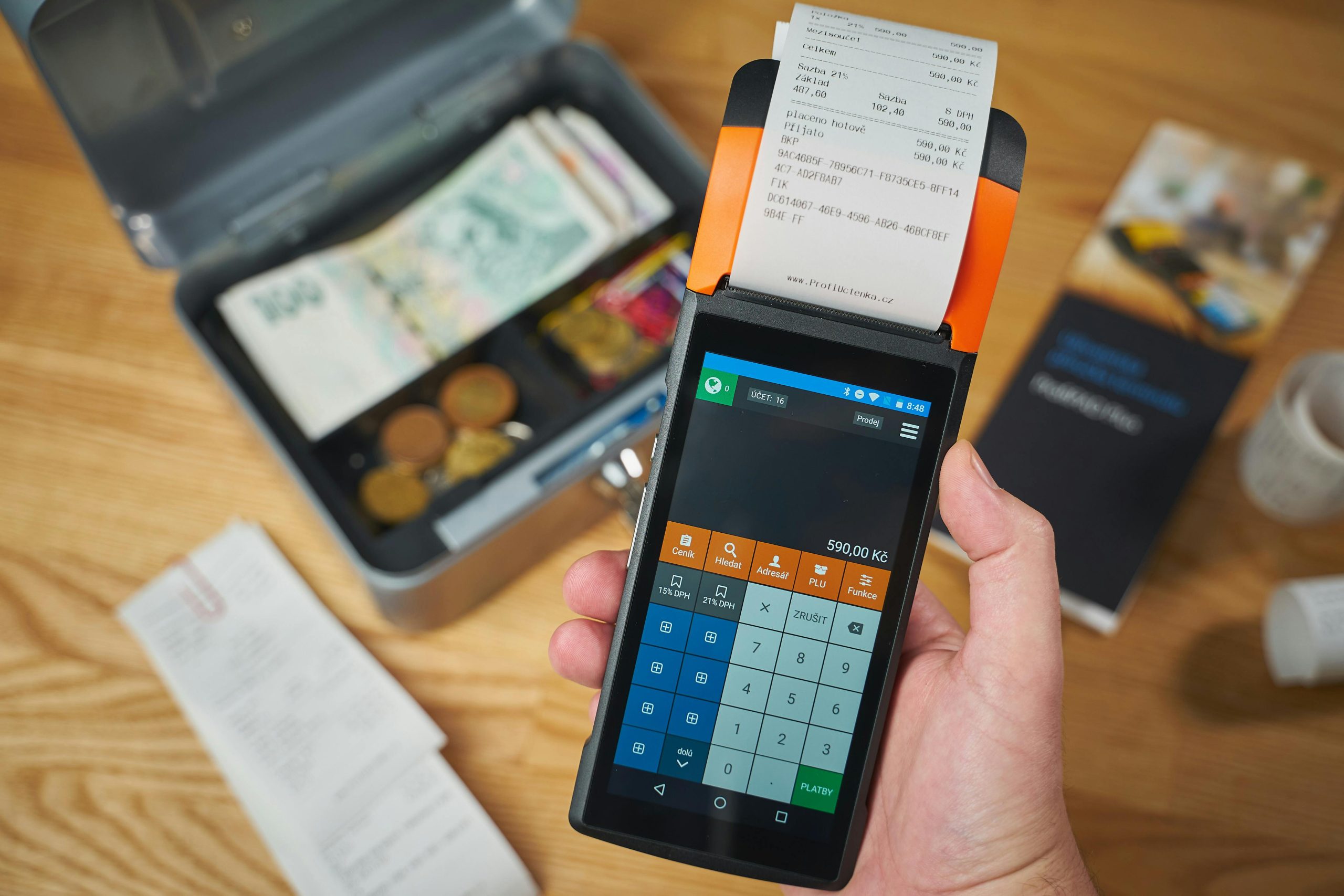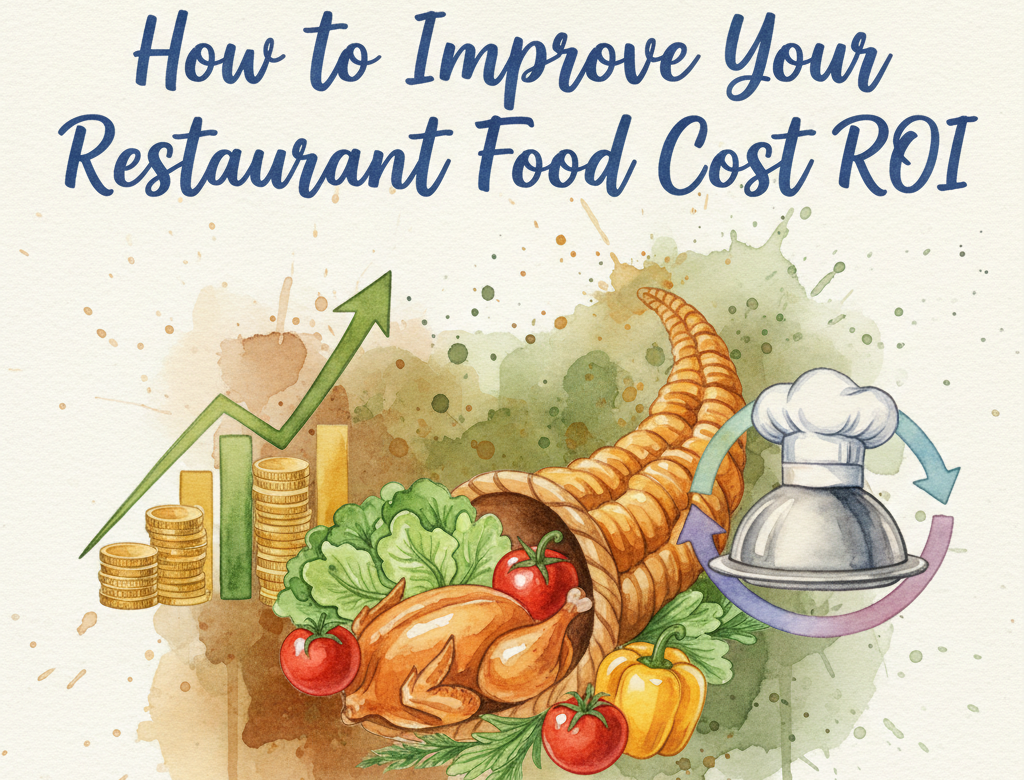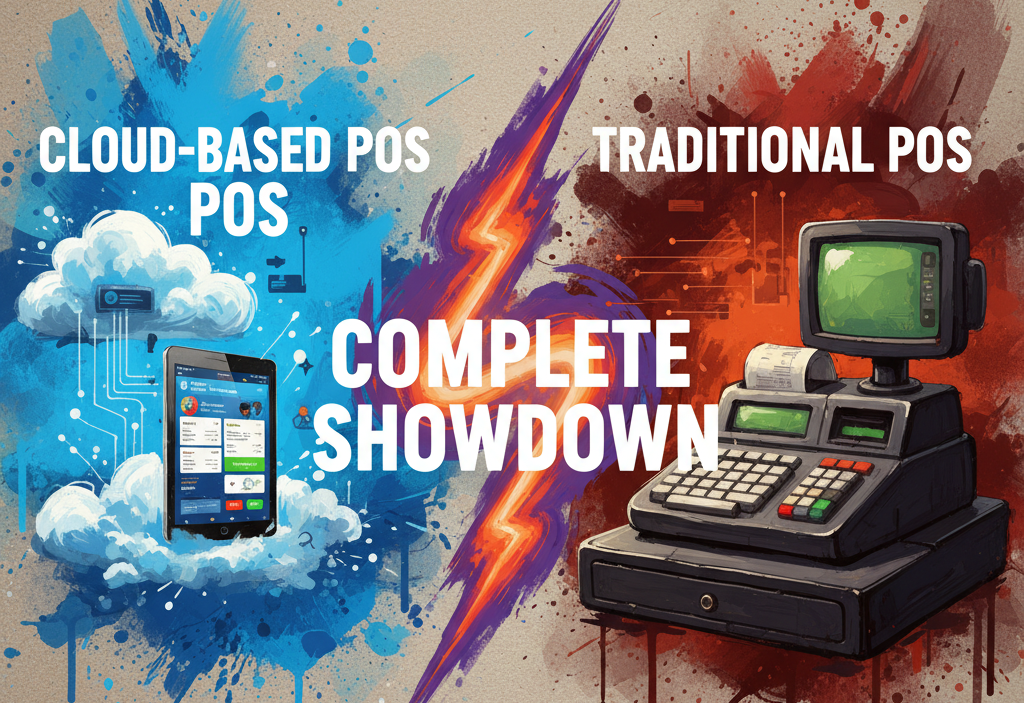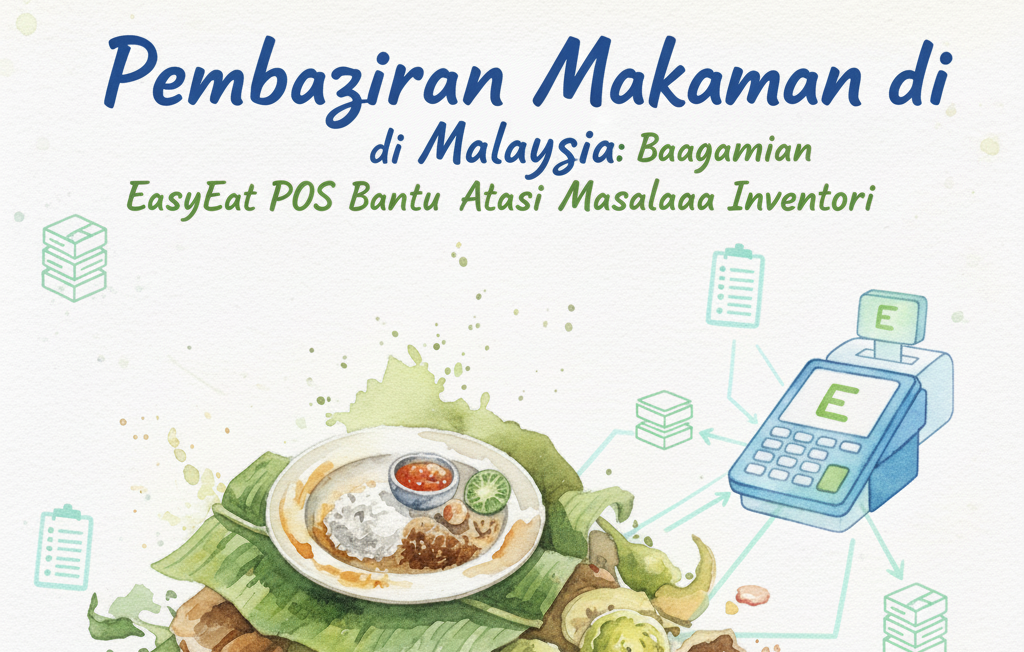Every day, your restaurant handles dozens of transactions – from buying ingredients to serving customers. Keeping track of all these bills and receipts can be challenging. Paper invoices get lost, manual entries take too much time, and small mistakes can cause big problems. This is where e-invoicing helps. It makes billing faster, more accurate, and much easier to manage.
In many Southeast Asian countries, governments are now making e-invoicing mandatory for businesses. Even if it’s not yet required for you, switching early can save time and money. Let’s look at where e-invoicing fits into your restaurant and how it benefits you.
Key Areas Where E-Invoicing Benefits Your Restaurant
Managing Supplier Relationships Efficiently
Your restaurant depends on regular deliveries of fresh ingredients and supplies. Each delivery traditionally comes with paper invoices that require manual processing. With e-invoicing, suppliers submit digital invoices directly into your accounting system. This eliminates time-consuming data entry and reduces human errors in recording payment details. The automated matching of purchase orders to invoices ensures you only pay for what you actually received.
Enhancing Customer Payment Experiences
Modern diners expect fast, convenient service from start to finish. When customers request their bill, e-invoicing allows instant digital receipts sent via email or messaging apps. This eliminates waiting for printed checks and provides customers with proper records of their purchases. For takeaway and delivery orders, automatic digital receipts improve customer satisfaction while creating organized sales records.
Simplifying Tax Compliance and Reporting
Tax authorities across Southeast Asia increasingly mandate e-invoicing to improve transparency. Malaysia’s LHDN, for example, requires businesses to implement this system for proper tax documentation. Digital invoices automatically record all transactions in standardized formats that tax systems can process directly. This reduces errors during tax filing and makes audits significantly easier when authorities request transaction histories.
Streamlining Online and Delivery Operations
Food delivery platforms and online orders generate numerous transactions that require documentation. E-invoicing integrates seamlessly with your POS and ordering systems to automatically create and archive digital receipts for every sale. This not only satisfies regulatory requirements but also provides valuable data for analyzing sales trends and inventory needs without manual record-keeping.
Modernizing Payroll and Staff Payments
Managing wages, overtime, and contractor payments involves complex calculations and documentation. E-invoicing systems can generate digital payslips and payment records that integrate with your accounting software. This ensures accurate payroll processing while maintaining proper records for labor compliance and tax purposes.
The Tangible Benefits of Switching to E-Invoicing
Significant Time Savings for Your Team
Manual invoice processing consumes countless staff hours each month. Research from the Institute of Finance and Management shows businesses spend an average of RM15 to process a single paper invoice. E-invoicing reduces this cost by up to 80% by eliminating manual data entry, filing, and retrieval tasks. Your team can redirect this time to improving customer service and operations.
Reduction in Operational Costs
The expenses of paper invoices add up quickly – printing, storage, postage, and document retrieval all carry hidden costs. A study by the Billentis Report found that e-invoicing reduces processing costs by 60-80%. For a busy restaurant processing hundreds of invoices monthly, these savings directly improve your profitability.
Improved Cash Flow Management
Delayed payments hurt restaurant finances. E-invoices reach recipients instantly and can include automated payment reminders. The European E-Invoicing Service Providers Association found e-invoices get paid 30% faster on average. Faster payments mean better cash flow to cover your operating expenses and investments.
Enhanced Financial Accuracy and Control
Human errors in manual data entry lead to payment disputes and accounting problems. E-invoicing eliminates these mistakes by automatically transferring data between systems. Digital records also provide complete audit trails, making it easy to track any transaction’s history from creation to payment.
Superior Document Security and Access
Paper invoices can be lost, damaged, or misplaced. Digital invoices remain securely stored in the cloud with backup protection. Authorized staff can instantly retrieve any invoice from any location, whether for customer inquiries, supplier verification, or tax purposes. This accessibility improves operational responsiveness.
Environmental Sustainability Advantages
The restaurant industry faces increasing pressure to adopt eco-friendly practices. Switching to e-invoicing significantly reduces paper waste – the Carbon Disclosure Project estimates each business saves about 12 trees annually by eliminating paper invoices. This green initiative can enhance your brand image with environmentally conscious customers.
Understanding E-Invoicing Requirements and Implementation
Current E-Invoicing Regulations in Southeast Asia
Malaysia’s Inland Revenue Board (LHDN) has implemented phased e-invoicing requirements, with full adoption expected by 2025. Thailand’s Revenue Department mandates e-invoicing for VAT-registered businesses. Singapore’s IRAS similarly requires digital record-keeping. These regulations aim to reduce tax gaps and improve compliance through automated reporting systems.
Choosing the Right E-Invoicing Solution
When selecting an e-invoicing system, consider these key features:
Integration with your existing POS and accounting software, Compliance with local tax authority specifications, User-friendly interface for staff adoption, Secure cloud storage with backup capabilities, Mobile accessibility for on-the-go management
Many affordable solutions designed specifically for F&B businesses offer these features without requiring extensive technical knowledge.
Training Staff for Successful Adoption
Transitioning to new systems requires proper staff training. Focus on:
Basic operation of the e-invoicing software, Troubleshooting common issues, Understanding compliance requirements, Maintaining proper digital records
Most software providers offer training materials and support to ensure smooth implementation.
Addressing Common Concerns About E-Invoicing
Data Security and Privacy Protection
Modern e-invoicing systems use bank-level encryption and secure servers to protect financial data. Regular security updates and access controls ensure only authorized personnel can view or modify sensitive information. These measures often provide better security than paper files vulnerable to physical theft or damage.
Handling Technical Issues and Downtime
Reliable e-invoicing providers maintain 99.9% uptime with immediate technical support. Cloud-based systems continue functioning even if individual devices fail. Automatic backups prevent data loss, giving peace of mind compared to vulnerable paper records.
Managing the Transition Period
Implementing e-invoicing works best with a phased approach. Start with a single supplier category or location before full rollout. Maintain parallel paper systems temporarily while verifying digital process accuracy. Most businesses complete full transition within 2-3 months with proper planning.
By adopting e-invoicing now, you future-proof your business against evolving regulations while gaining immediate advantages over competitors still relying on outdated paper systems. The investment in digital transformation pays for itself quickly through reduced costs, improved efficiency, and better financial control.
Take the first step today by exploring e-invoicing solutions tailored for your restaurant’s specific needs and size. Your future self will thank you for making this smart business decision that positions your establishment for continued success in the digital age.




